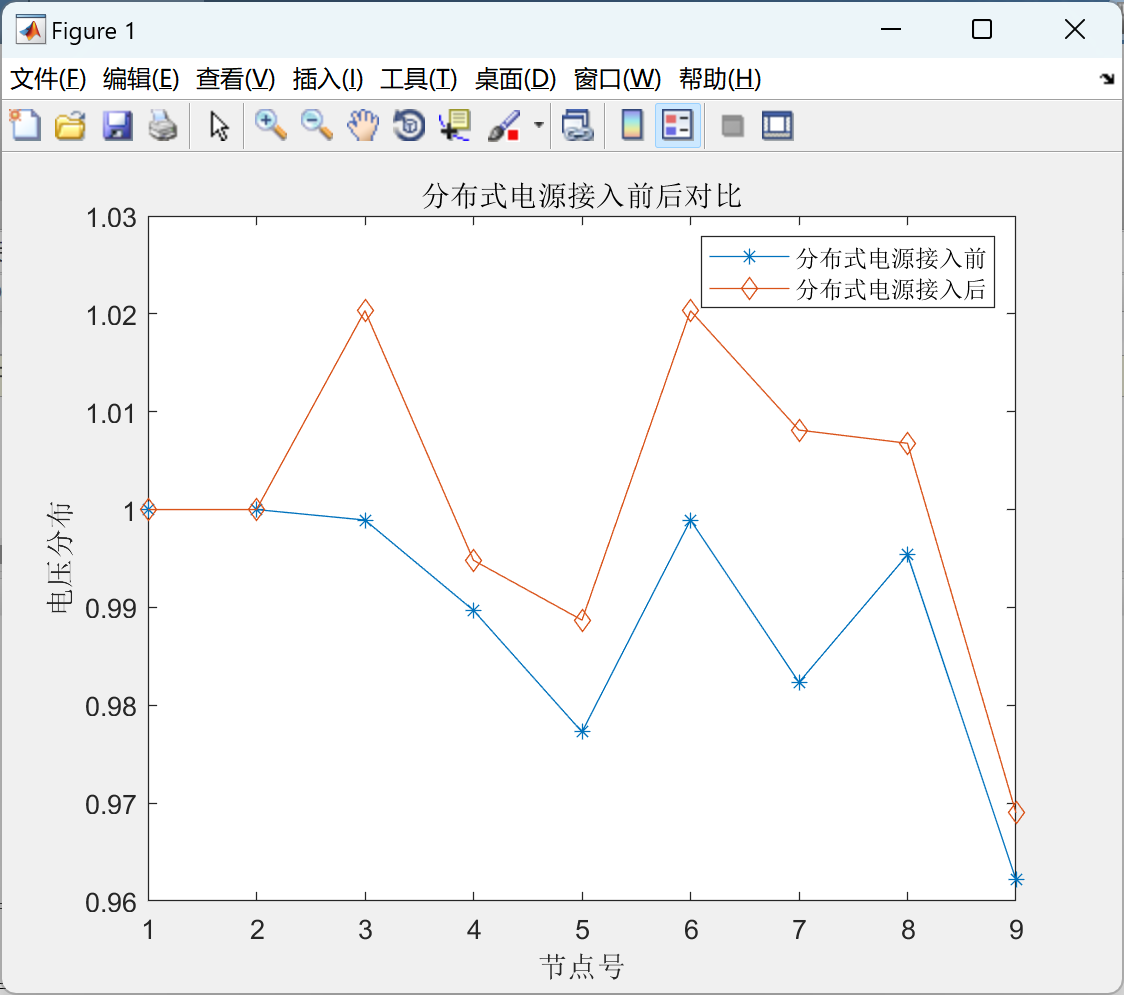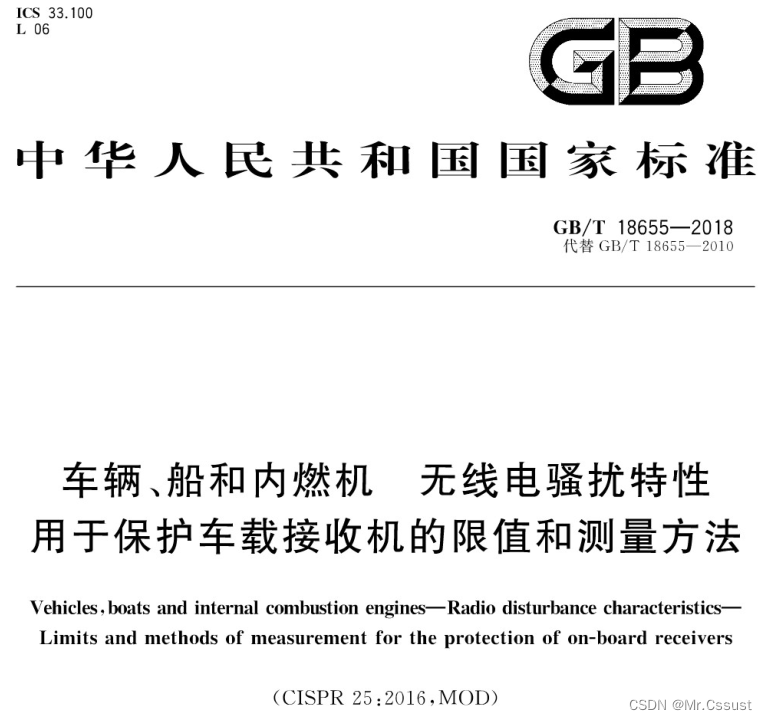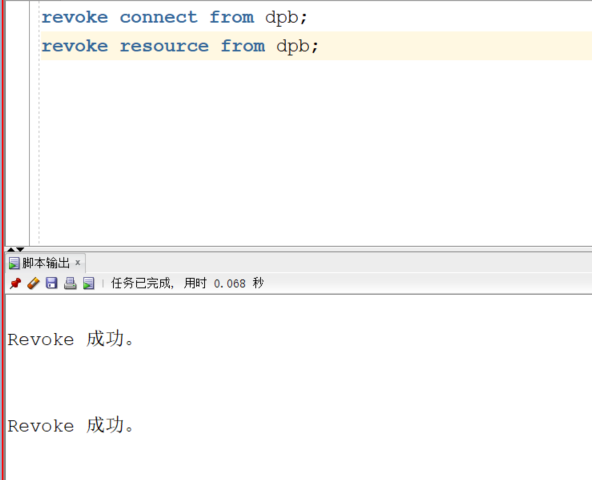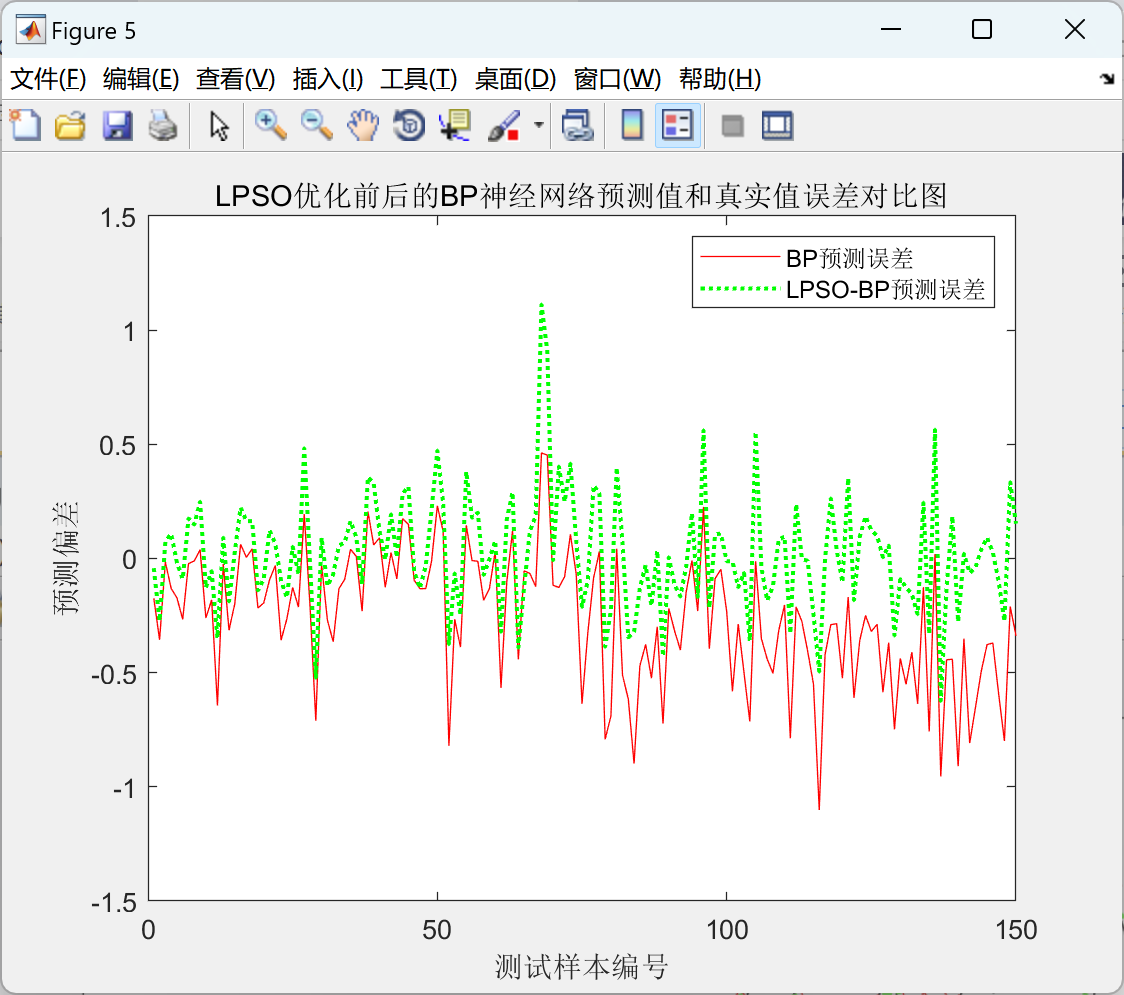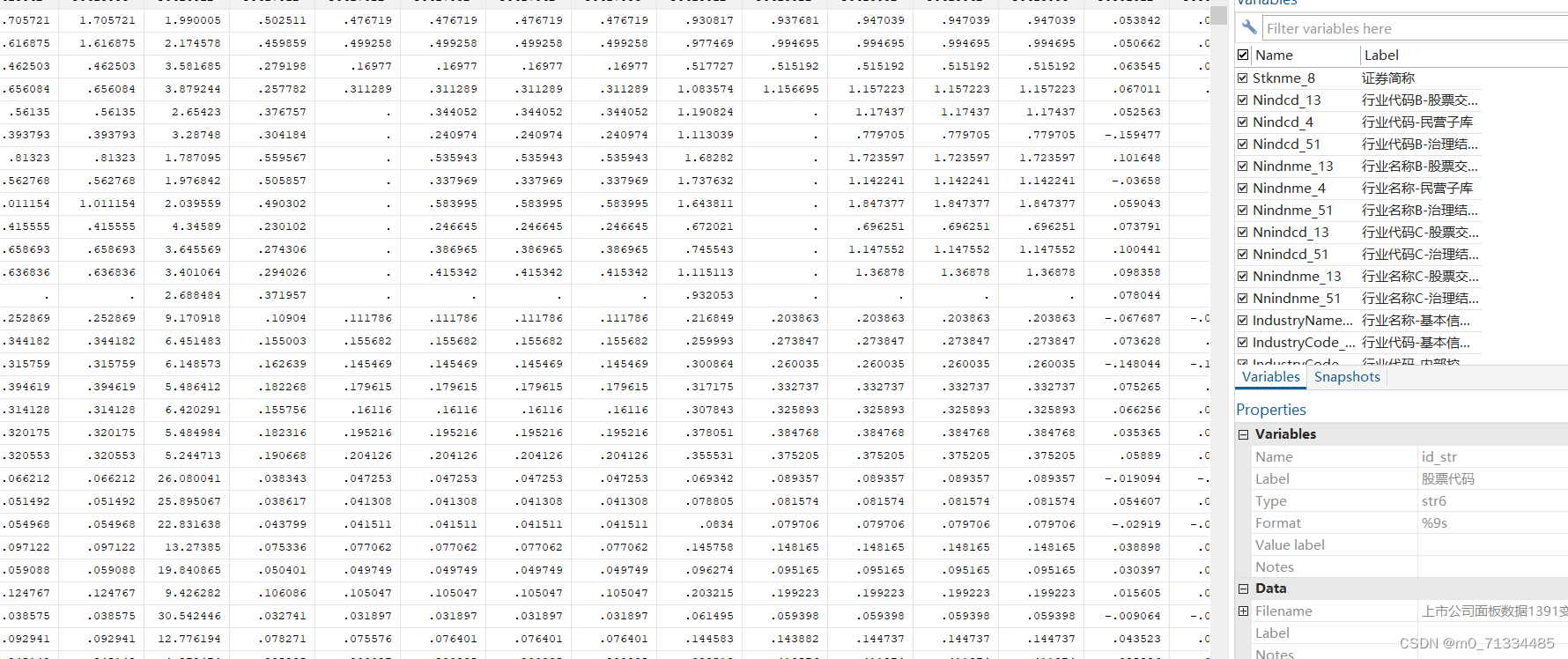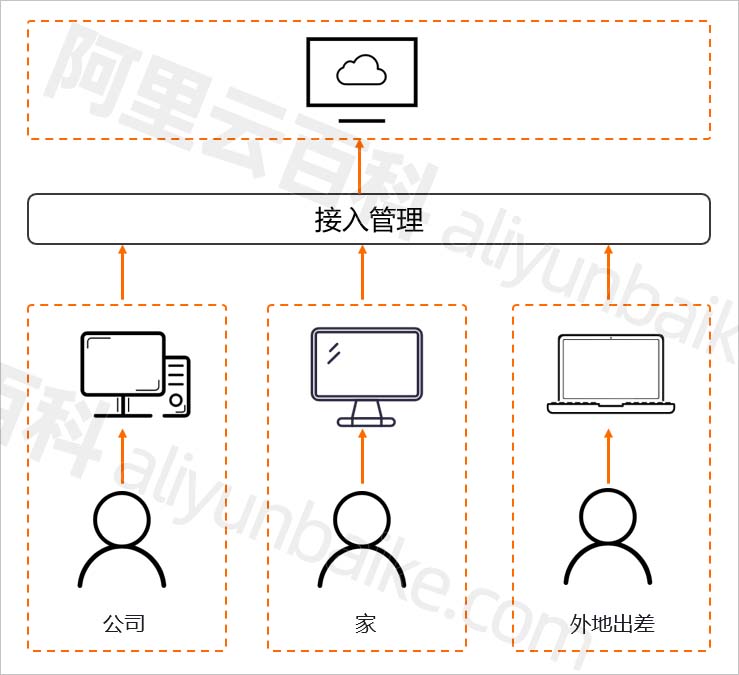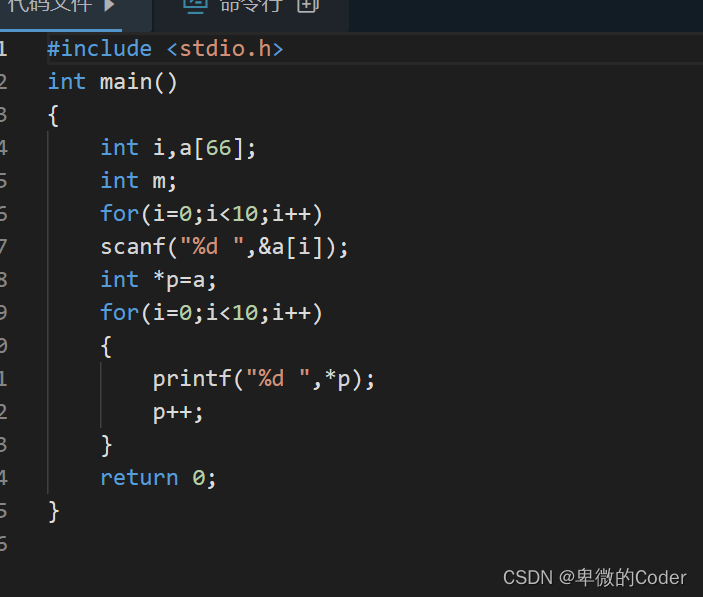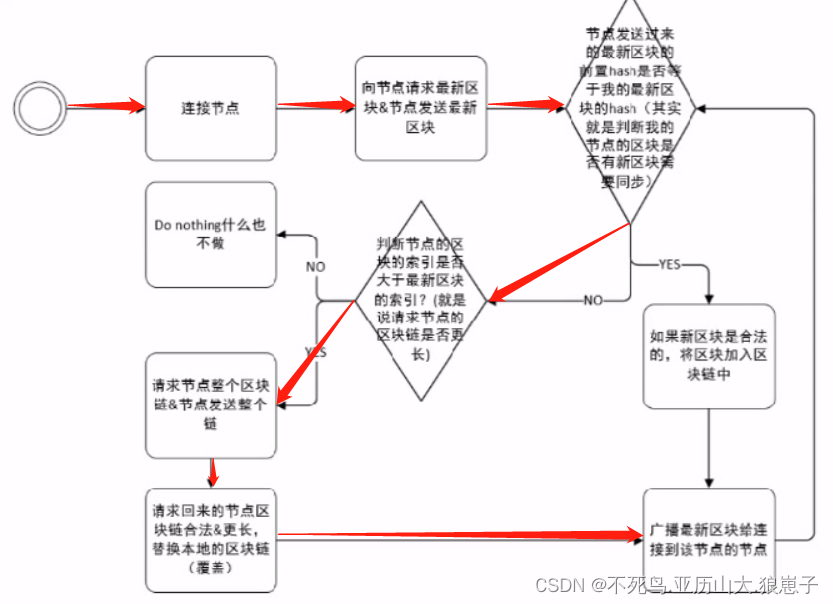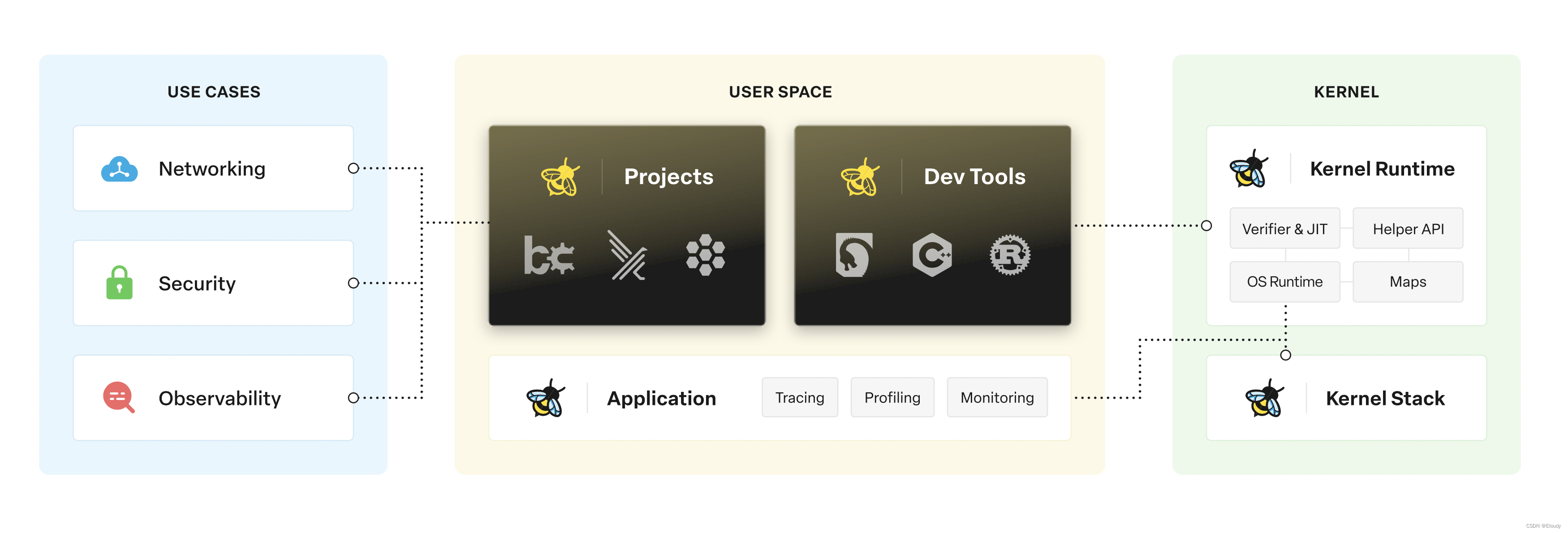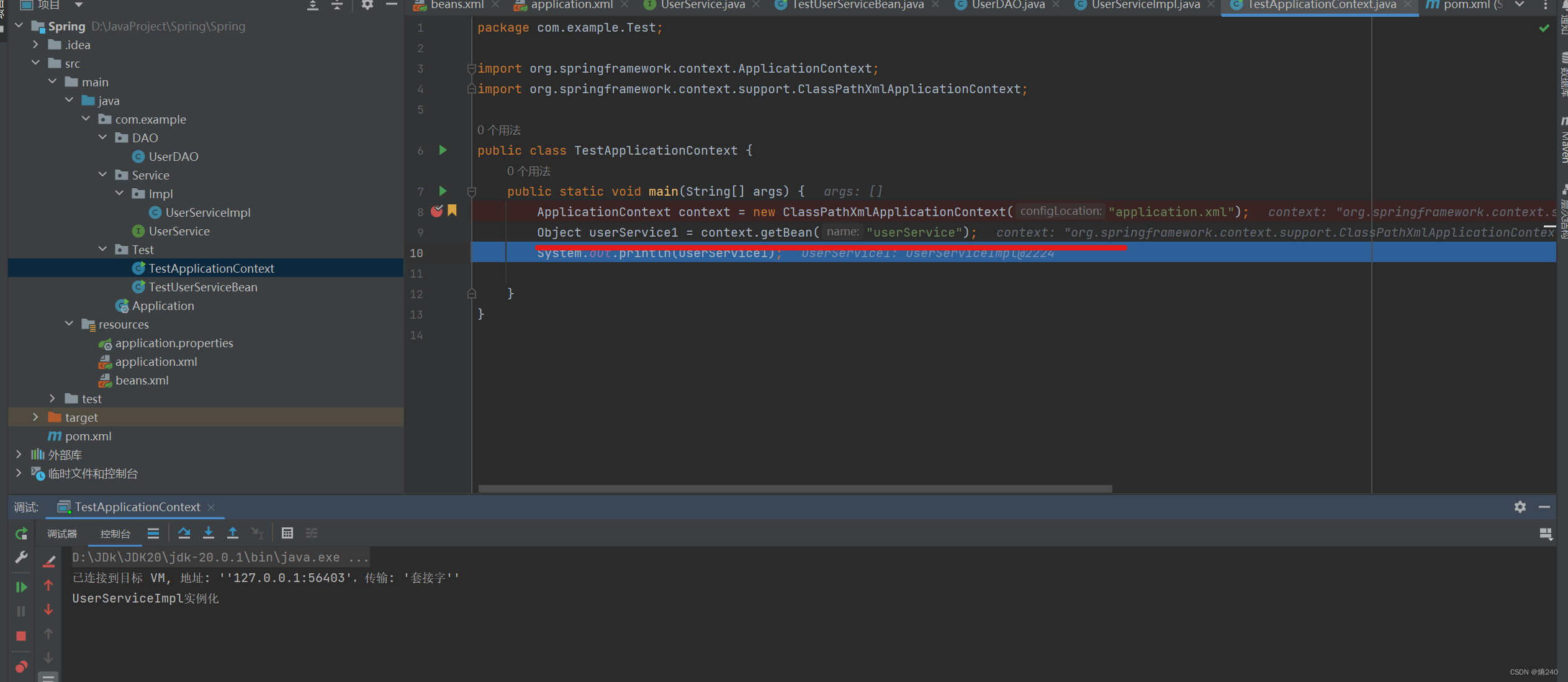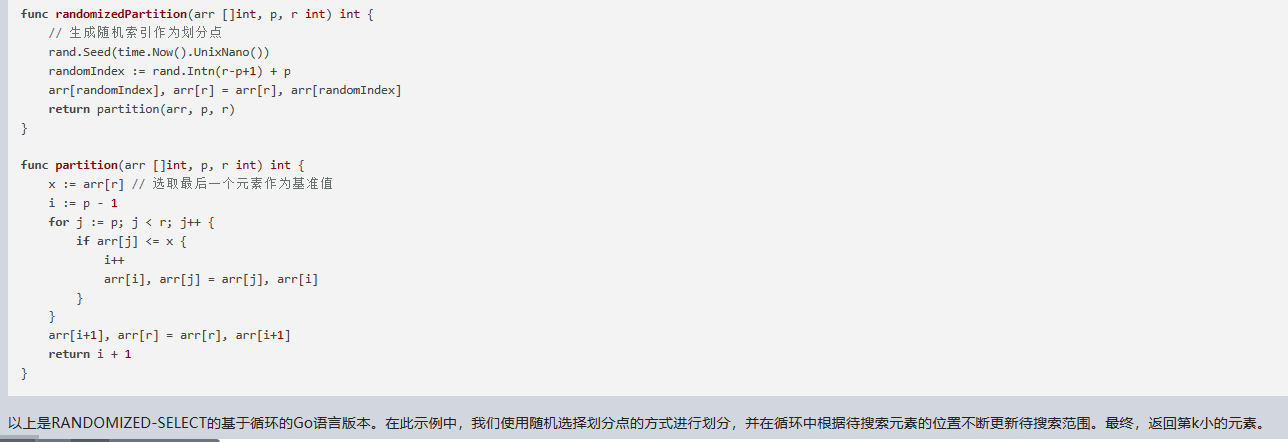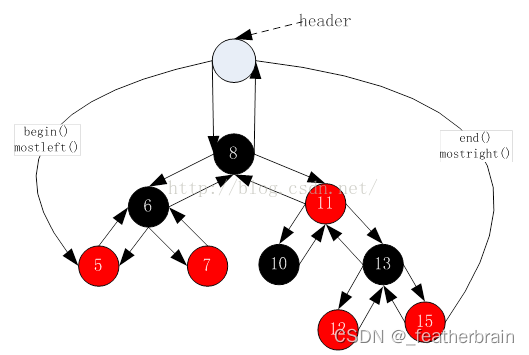import torch
from torch import nn
from d2l import torch as d2l
6.6.1 LeNet
LetNet-5 由两个部分组成:
- 卷积编码器:由两个卷积核组成。
- 全连接层稠密块:由三个全连接层组成。
模型结构如下流程图(每个卷积块由一个卷积层、一个 sigmoid 激活函数和平均汇聚层组成):
| 全连接层(10) |
|---|
↑ \uparrow ↑
| 全连接层(84) |
|---|
↑ \uparrow ↑
| 全连接层(120) |
|---|
↑ \uparrow ↑
| 2 × 2 2\times2 2×2平均汇聚层,步幅2 |
|---|
↑ \uparrow ↑
| 5 × 5 5\times5 5×5卷积层(16) |
|---|
↑ \uparrow ↑
| 2 × 2 2\times2 2×2平均汇聚层,步幅2 |
|---|
↑ \uparrow ↑
| 5 × 5 5\times5 5×5卷积层(6),填充2 |
|---|
↑ \uparrow ↑
| 输入图像( 28 × 28 28\times28 28×28 单通道) |
|---|
net = nn.Sequential(
nn.Conv2d(1, 6, kernel_size=5, padding=2), nn.Sigmoid(),
nn.AvgPool2d(kernel_size=2, stride=2),
nn.Conv2d(6, 16, kernel_size=5), nn.Sigmoid(),
nn.AvgPool2d(kernel_size=2, stride=2),
nn.Flatten(),
nn.Linear(16 * 5 * 5, 120), nn.Sigmoid(),
nn.Linear(120, 84), nn.Sigmoid(),
nn.Linear(84, 10))
X = torch.rand(size=(1, 1, 28, 28), dtype=torch.float32) # 生成测试数据
for layer in net:
X = layer(X)
print(layer.__class__.__name__,'output shape: \t',X.shape) # 确保模型各层数据正确
Conv2d output shape: torch.Size([1, 6, 28, 28])
Sigmoid output shape: torch.Size([1, 6, 28, 28])
AvgPool2d output shape: torch.Size([1, 6, 14, 14])
Conv2d output shape: torch.Size([1, 16, 10, 10])
Sigmoid output shape: torch.Size([1, 16, 10, 10])
AvgPool2d output shape: torch.Size([1, 16, 5, 5])
Flatten output shape: torch.Size([1, 400])
Linear output shape: torch.Size([1, 120])
Sigmoid output shape: torch.Size([1, 120])
Linear output shape: torch.Size([1, 84])
Sigmoid output shape: torch.Size([1, 84])
Linear output shape: torch.Size([1, 10])
6.6.2 模型训练
batch_size = 256
train_iter, test_iter = d2l.load_data_fashion_mnist(batch_size=batch_size) # 仍使用经典的 Fashion-MNIST 数据集
def evaluate_accuracy_gpu(net, data_iter, device=None): #@save
"""使用GPU计算模型在数据集上的精度"""
if isinstance(net, nn.Module):
net.eval() # 设置为评估模式
if not device:
device = next(iter(net.parameters())).device
metric = d2l.Accumulator(2) # 生成一个有两个元素的列表,使用 add 将会累加到对应的元素上
with torch.no_grad():
for X, y in data_iter:
# 为了使用 GPU,需要将数据移动到 GPU 上
if isinstance(X, list):
X = [x.to(device) for x in X]
else:
X = X.to(device)
y = y.to(device)
metric.add(d2l.accuracy(net(X), y), y.numel()) # 累加(正确预测的数量,总预测的数量)
return metric[0] / metric[1] # 正确率
#@save
def train_ch6(net, train_iter, test_iter, num_epochs, lr, device):
"""用GPU训练模型(在第六章定义)"""
def init_weights(m): # 使用 Xavier 初始化权重
if type(m) == nn.Linear or type(m) == nn.Conv2d:
nn.init.xavier_uniform_(m.weight)
net.apply(init_weights)
print('training on', device)
net.to(device) # 移动数据到GPU
optimizer = torch.optim.SGD(net.parameters(), lr=lr)
loss = nn.CrossEntropyLoss()
animator = d2l.Animator(xlabel='epoch', xlim=[1, num_epochs],
legend=['train loss', 'train acc', 'test acc'])
timer, num_batches = d2l.Timer(), len(train_iter)
for epoch in range(num_epochs):
# 训练损失之和,训练准确率之和,样本数
metric = d2l.Accumulator(3)
net.train()
for i, (X, y) in enumerate(train_iter):
timer.start()
optimizer.zero_grad()
X, y = X.to(device), y.to(device)
y_hat = net(X)
l = loss(y_hat, y)
l.backward()
optimizer.step()
with torch.no_grad():
metric.add(l * X.shape[0], d2l.accuracy(y_hat, y), X.shape[0])
timer.stop()
train_l = metric[0] / metric[2]
train_acc = metric[1] / metric[2]
if (i + 1) % (num_batches // 5) == 0 or i == num_batches - 1:
animator.add(epoch + (i + 1) / num_batches,
(train_l, train_acc, None))
test_acc = evaluate_accuracy_gpu(net, test_iter)
animator.add(epoch + 1, (None, None, test_acc))
print(f'loss {train_l:.3f}, train acc {train_acc:.3f}, '
f'test acc {test_acc:.3f}')
print(f'{metric[2] * num_epochs / timer.sum():.1f} examples/sec '
f'on {str(device)}')
lr, num_epochs = 0.9, 10
train_ch6(net, train_iter, test_iter, num_epochs, lr, d2l.try_gpu())
loss 0.471, train acc 0.820, test acc 0.815
40056.7 examples/sec on cuda:0

练习
(1)将平均汇聚层替换为最大汇聚层,会发生什么?
net_Max = nn.Sequential(
nn.Conv2d(1, 6, kernel_size=5, padding=2), nn.Sigmoid(),
nn.MaxPool2d(kernel_size=2, stride=2),
nn.Conv2d(6, 16, kernel_size=5), nn.Sigmoid(),
nn.MaxPool2d(kernel_size=2, stride=2),
nn.Flatten(),
nn.Linear(16 * 5 * 5, 120), nn.Sigmoid(),
nn.Linear(120, 84), nn.Sigmoid(),
nn.Linear(84, 10))
lr, num_epochs = 0.9, 10
train_ch6(net_Max, train_iter, test_iter, num_epochs, lr, d2l.try_gpu())
loss 0.422, train acc 0.844, test acc 0.671
31151.6 examples/sec on cuda:0

几乎无区别
(2)尝试构建一个基于 LeNet 的更复杂网络,以提高其精准性。
a. 调节卷积窗口的大小。
b. 调整输出通道的数量。
c. 调整激活函数(如 ReLU)。
d. 调整卷积层的数量。
e. 调整全连接层的数量。
f. 调整学习率和其他训练细节(例如,初始化和轮数)。
net_Best = nn.Sequential(
nn.Conv2d(1, 8, kernel_size=5, padding=2), nn.ReLU(),
nn.AvgPool2d(kernel_size=2, stride=2),
nn.Conv2d(8, 16, kernel_size=3, padding=1), nn.ReLU(),
nn.AvgPool2d(kernel_size=2, stride=2),
nn.Conv2d(16, 32, kernel_size=3, padding=1), nn.ReLU(),
nn.AvgPool2d(kernel_size=2, stride=2),
nn.Flatten(),
nn.Linear(32 * 3 * 3, 128), nn.ReLU(),
nn.Linear(128, 64), nn.ReLU(),
nn.Linear(64, 32), nn.ReLU(),
nn.Linear(32, 10)
)
lr, num_epochs = 0.4, 10
train_ch6(net_Best, train_iter, test_iter, num_epochs, lr, d2l.try_gpu())
loss 0.344, train acc 0.869, test acc 0.854
32868.3 examples/sec on cuda:0

(3)在 MNIST 数据集上尝试以上改进后的网络。
import torchvision
from torch.utils import data
from torchvision import transforms
trans = transforms.ToTensor()
mnist_train = torchvision.datasets.MNIST(
root="../data", train=True, transform=trans, download=True)
mnist_test = torchvision.datasets.MNIST(
root="../data", train=False, transform=trans, download=True)
train_iter2 = data.DataLoader(mnist_train, batch_size, shuffle=True,
num_workers=d2l.get_dataloader_workers())
test_iter2 = data.DataLoader(mnist_test, batch_size, shuffle=True,
num_workers=d2l.get_dataloader_workers())
lr, num_epochs = 0.4, 5 # 大约 6 轮往后直接就爆炸
train_ch6(net_Best, train_iter2, test_iter2, num_epochs, lr, d2l.try_gpu())
loss 0.049, train acc 0.985, test acc 0.986
26531.1 examples/sec on cuda:0

(4)显示不同输入(例如,毛衣和外套)时 LetNet 第一层和第二层的激活值。
for X, y in test_iter:
break
x_first_Sigmoid_layer = net[0:2](X)[0:9, 1, :, :]
d2l.show_images(x_first_Sigmoid_layer.reshape(9, 28, 28).cpu().detach(), 1, 9)
x_second_Sigmoid_layer = net[0:5](X)[0:9, 1, :, :]
d2l.show_images(x_second_Sigmoid_layer.reshape(9, 10, 10).cpu().detach(), 1, 9)
d2l.plt.show()


